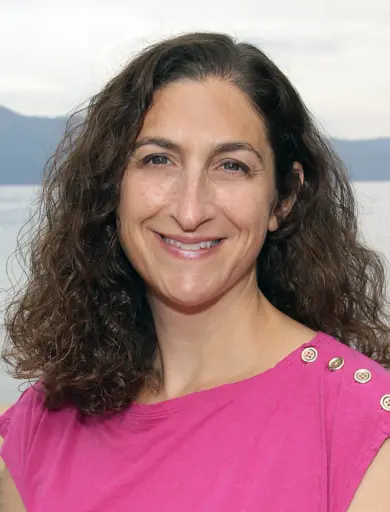On more occasions than Naomi Chesler would prefer, she’s heard academic colleagues respond to discussions about diversity and inclusion with a familiar refrain.
 Naomi Chesler
Naomi Chesler
“I’ll have to ask our [REPLACE underrepresented minority label] faculty member about that.”
Chesler, a Vilas Distinguished Achievement Professor of biomedical engineering at the University of Wisconsin-Madison, would like to help change the default response about matters of racial, ethnic, gender, gender identity and sexual orientation inequality to: “I’ll have to do some learning about that on my own.”
With that in mind, Chesler recently published “A How-To Guide for Promoting Diversity and Inclusion in Biomedical Engineering” in the Annals of Biomedical Engineering. It’s part of her efforts to create a more inclusive environment in the field.
Among engineering disciplines, biomedical rates highly in measures of gender diversity; only environmental engineering boasts larger percentages of bachelor’s and doctoral degrees awarded to women, as well as tenured and tenure-track women faculty. But when it comes to racial diversity, the biomedical specialty lags behind general engineering averages in those same measures, with the exception of Asian-Americans.
For that to change, Chesler says, those in positions of power—senior faculty members, department chairs, college deans, industry leaders and other roles overwhelmingly occupied by white individuals—must take responsibility.
“Just like men have to stop expecting women to lead efforts for gender equity, white people have to stop expecting people of color to lead efforts for racial equity,” she says. “You must go to the power structures to make change. It is generally ineffective for those without power to make change. So if we want to be a more diverse and inclusive discipline, then the people in power need to start learning how to do that and, in fact, doing it.”
Chesler’s “how-to guide” builds off a 2010 status report on gender diversity in biomedical engineering, which she wrote for the same journal. She also consulted work by White Men as Full Diversity Partners, a group that helps organizations build more inclusive cultures, and then distilled her research into six broadly applicable recommendations for a largely academic audience:
- Accept complexity in understanding diversity and working across difference
- Seek to understand your own privilege in society and academia
- Speak out about diversity issues; use your privilege to advocate for change
- Accept that you will make mistakes; when you “know better, do better”
- Learn the difference between intent and impact
- LARA: listen, affirm, respond, add
“I hope this will speak to the people who want their institutions and departments to be more inclusive and provide some guidance as to how to do that,” she says.
Chesler is a longtime advocate of fostering greater diversity and inclusivity in engineering. She directs UW-Madison’s Women Faculty Mentoring Program and is a founding member of the Biomedical Engineering Society’s Diversity Committee. She earned the 2014 Biomedical Engineering Society Diversity Award for her work on gender inequality and received the College of Engineering’s Equity and Diversity Award in 2017.
“As a relatively senior person in my field with established research and teaching expertise, I feel it’s my responsibility to give back,” she says. “And one way I enjoy giving back is by promoting a more inclusive environment in the field of biomedical engineering.”